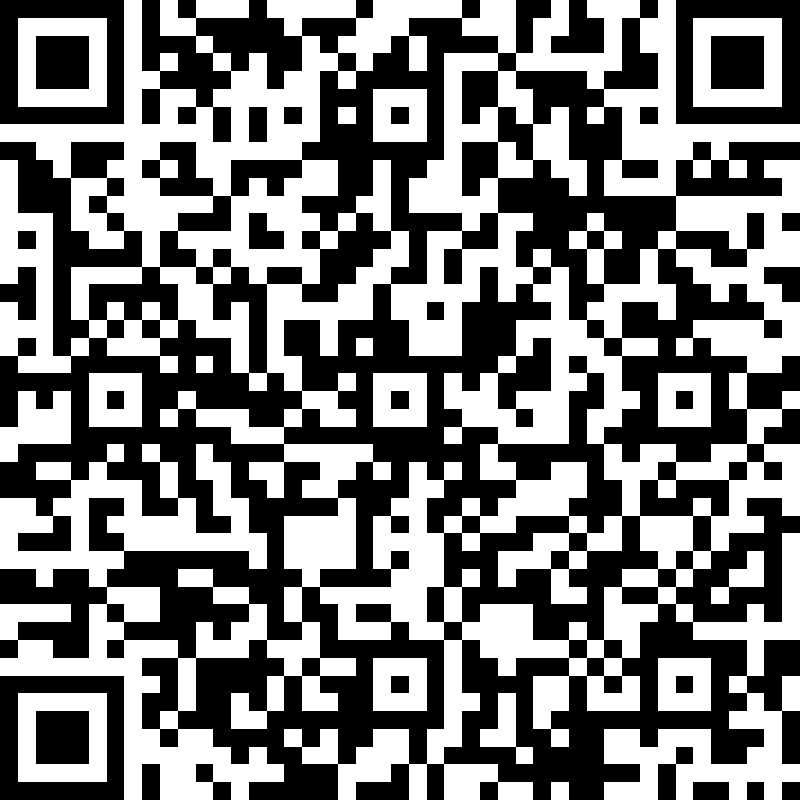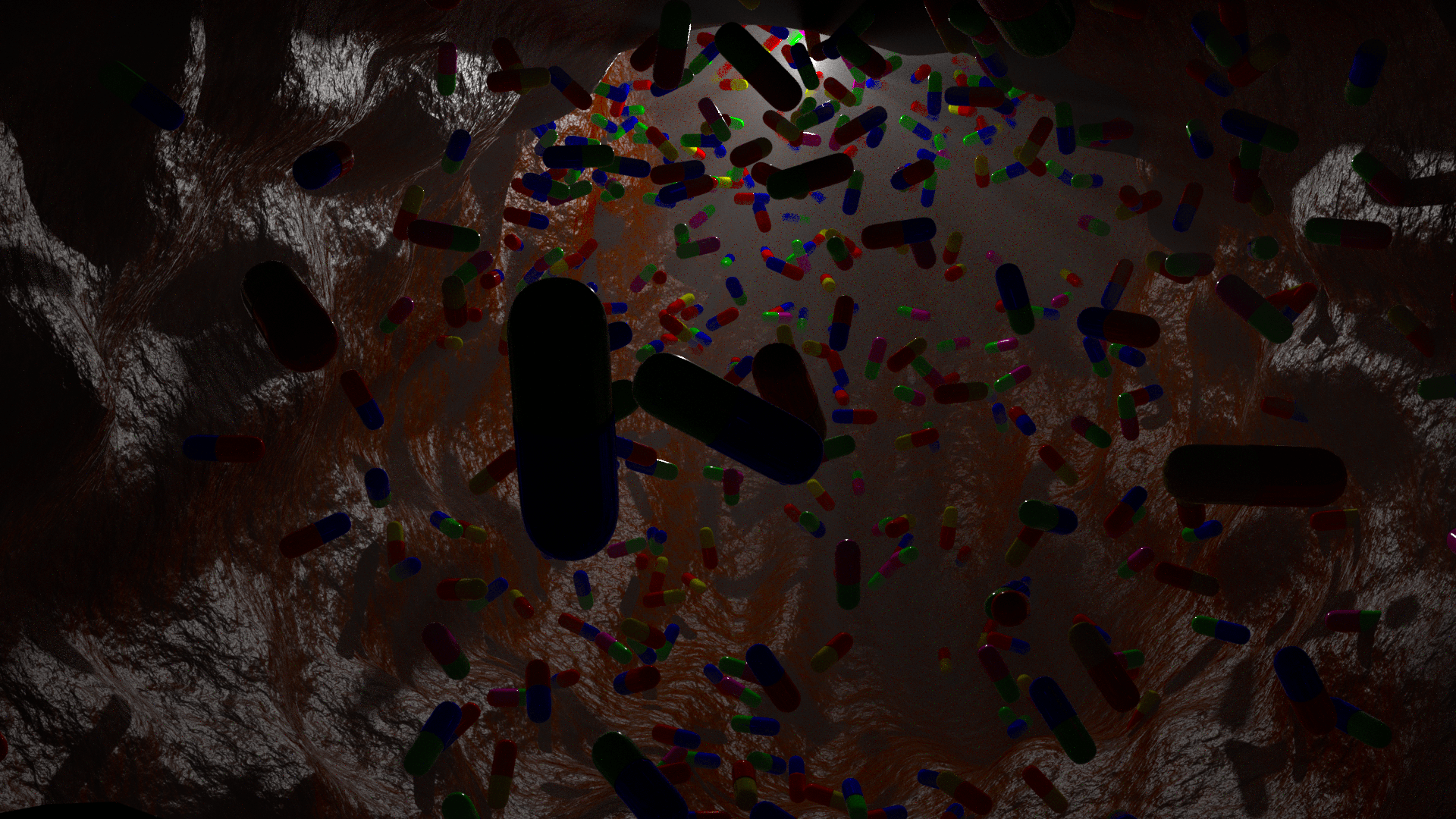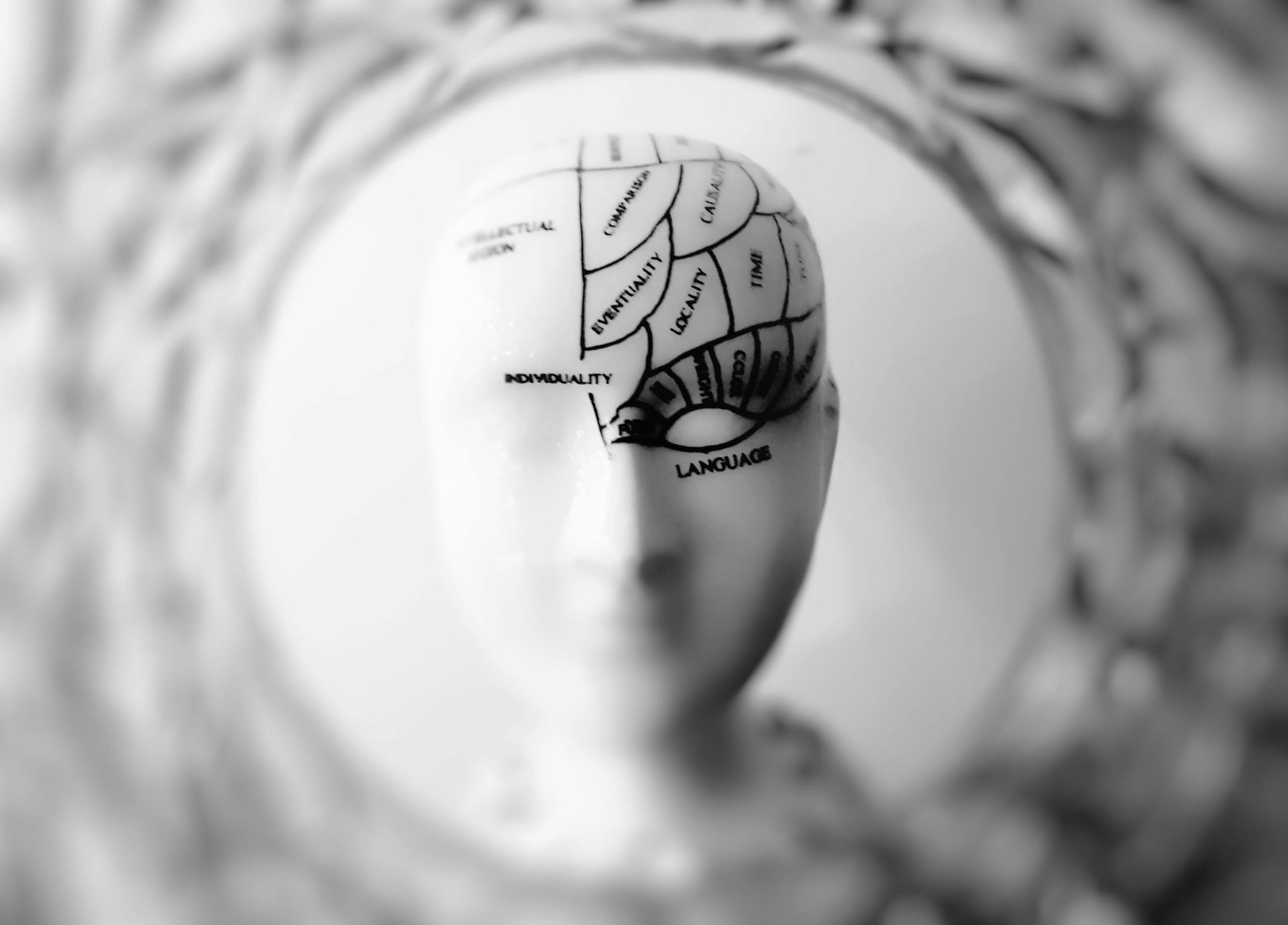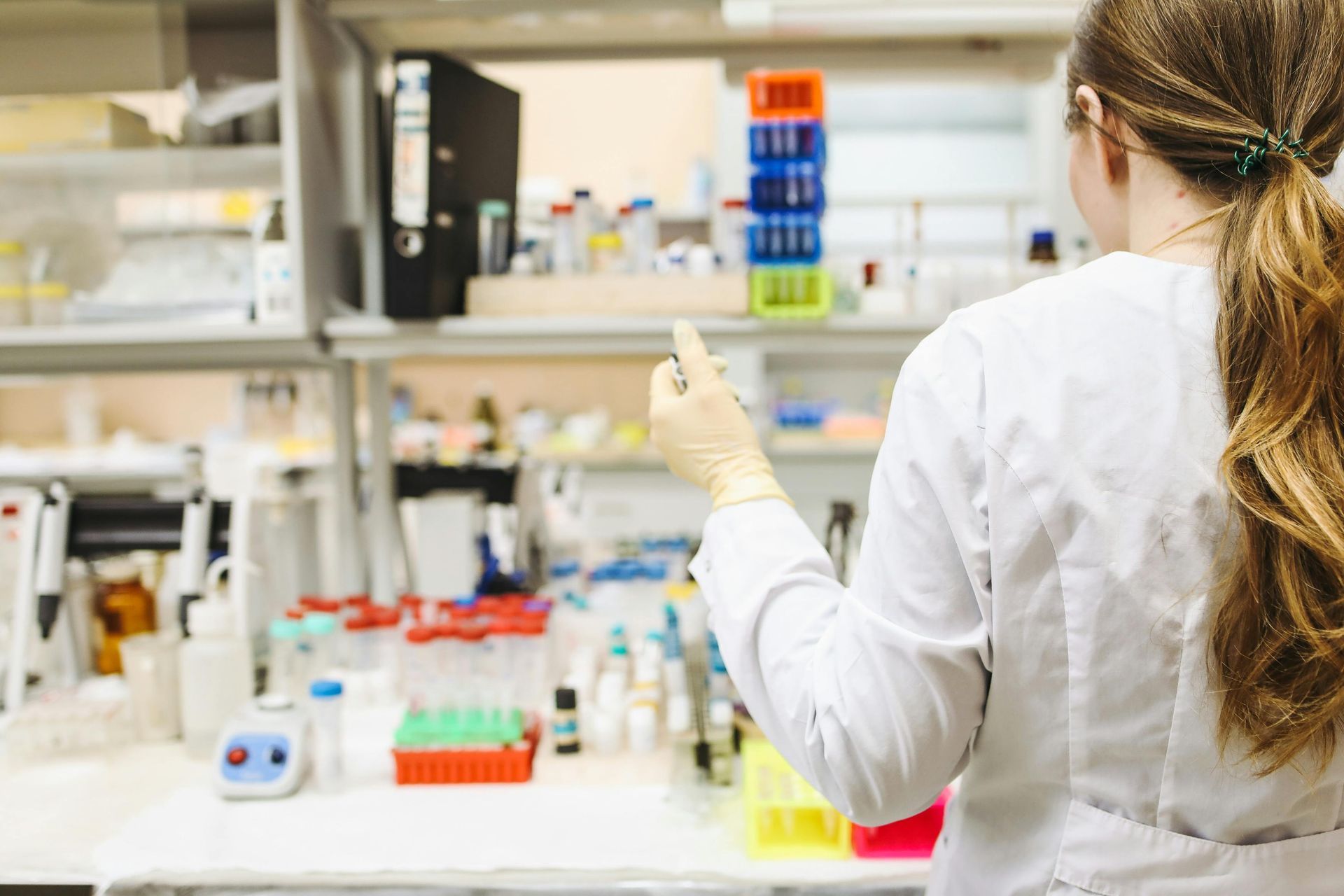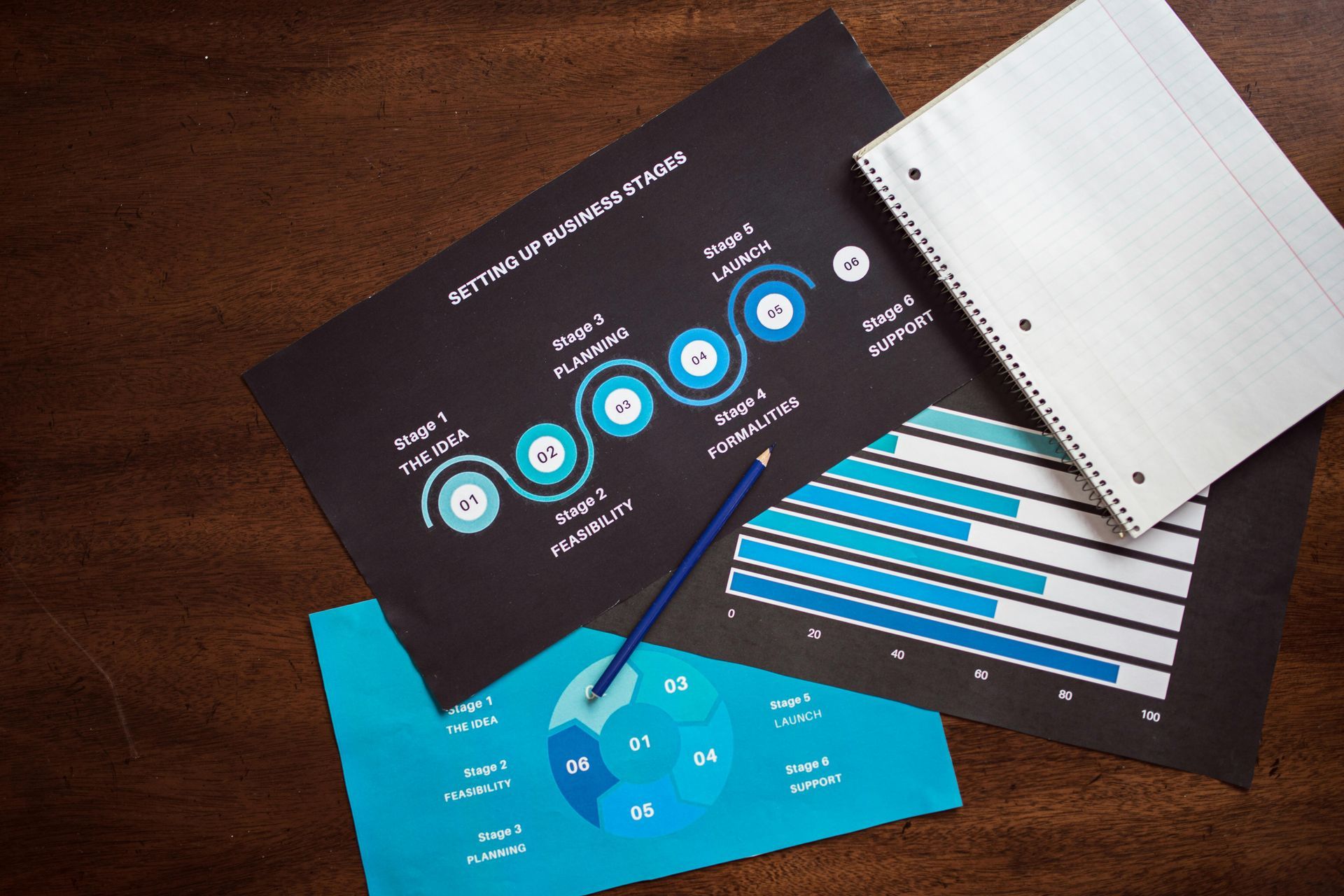Mohamad-Ali Salloum is a Pharmacist and science writer. He loves simplifying science to the general public and healthcare students through words and illustrations. When he's not working, you can usually find him in the gym, reading a book, or learning a new skill.
Confirmation Bias: How Our Brains Select and Filter Information
Share
Human beings navigate a complex world using mental shortcuts that help simplify torrents of incoming data. One such shortcut is confirmation bias —our tendency to seek out, interpret, and remember information in ways that affirm our preexisting beliefs. While this bias can foster a sense of consistency and emotional comfort, it can also obstruct objective thinking, distort decision making, and limit our understanding of reality.
🧠 Origins and Psychological Underpinnings
The phenomenon of confirmation bias has deep roots in cognitive psychology. Classical studies, such as those reviewed by Nickerson, have shown that individuals readily gravitate toward evidence that confirms their assumptions while disregarding or devaluing information that challenges them [1]. Researchers have argued that this bias may have evolved as an adaptive mechanism—a way to conserve cognitive energy by relying on established mental models in an unpredictable environment. At its core, confirmation bias is linked to our inherent desire for cognitive stability and self-consistency, which often means that we unconsciously filter out information that disrupts our worldview [1][2].
🔍 How Our Brains Select and Filter Information
The human brain is both remarkable and economical when it comes to processing vast amounts of information. Cognitive shortcuts, or heuristics, allow us to make rapid assessments of our environment. However, these heuristics can also predispose us to confirmation bias. Recent studies in perceptual decision making have demonstrated that the brain tends to overweight sensory information that aligns with our current beliefs, a dynamic explained by models of hierarchical approximate inference [4]. Functional imaging research further suggests that regions involved in evaluating evidence—such as the ventromedial prefrontal cortex and anterior cingulate cortex—respond differentially when incoming data confirms or contradicts our expectations. This selective integration of evidence helps explain why we often fail to update our beliefs in light of contradictory information [3][4].
📱 Everyday Manifestations of Confirmation Bias
- News Consumption: Many individuals choose news sources that reinforce their political or ideological leanings, rarely engaging with outlets that present alternative perspectives.
- Social Media Echo Chambers: In online communities, algorithm-driven content can intensify confirmation bias, presenting users with information that mirrors their existing opinions and effectively filtering out dissenting views.
- Scientific Inquiries and Peer Review: Even within scientific communities, confirmation bias can lead researchers to emphasize data that supports their hypotheses while overlooking evidence that might refute them, potentially contributing to issues such as the replication crisis [3].
- Personal Relationships: In our interactions, we may recall only the moments that align with our positive (or negative) perceptions of someone, reinforcing an already skewed image of that person.
- Everyday Decision Making: Whether it’s choosing a product, forming opinions about health practices, or assessing social situations, we tend to favor information that confirms what we already believe, often ignoring critical details that could lead to better decisions.
Each of these instances reveals how confirmation bias can subtly distort our understanding and limit our openness to new ideas [1][3][4].
🧭 Detecting Confirmation Bias in Ourselves
Awareness is the first step toward overcoming confirmation bias. Ask yourself:
- Am I actively seeking evidence that challenges my viewpoints?
- Do I tend to dismiss feedback or data that doesn’t align with my beliefs without thorough consideration?
- What would my decision be if I set aside all prior expectations and assessed the available evidence objectively?
Keeping a reflective journal or engaging in structured discussions with people who hold diverse perspectives can reveal when your cognitive filters might be distorting your interpretation of information.
🛠️ Strategies to Avoid and Manage Confirmation Bias
Proactive Measures
- Deliberate Exposure: Intentionally seek information from sources that challenge your assumptions. Reading differing opinions or engaging in debates can widen your perspective and reduce the risk of tunnel vision.
- Devil’s Advocate Approach: Before finalizing decisions, argue against your own position. This exercise forces you to critically evaluate your reasoning and exposes potential weaknesses in your arguments.
- Structured Decision-Making: Use evidence-based frameworks and checklists that require you to evaluate both supporting and opposing evidence, thereby forcing a more balanced view.
Managing Bias Once It Has Set In
- Pause and Reflect: Take a step back from the decision-making process. Temporarily disengaging can allow you to reassess information without heightened emotional investment.
- Solicit External Feedback: Invite trusted peers or mentors to review your reasoning and offer alternative perspectives. Their observations can help uncover blind spots that you might have overlooked.
- Continuous Learning: Cultivate a habit of regularly updating your knowledge base. Learning new methodologies or exploring unfamiliar topics can diffuse entrenched ways of thinking and gradually rewire cognitive habits.
Through these practices, you can foster more balanced decision making and reduce the undue influence of confirmation bias in everyday life.
🎯 Conclusion
Confirmation bias is a natural aspect of human cognition that plays a critical role in how we interpret the world around us. By understanding its origins, neural underpinnings, and everyday manifestations, we equip ourselves with the insight to recognize, manage, and even overcome this pervasive bias. With deliberate reflection and proactive strategies, we can open ourselves to a broader perspective—one that values robust evidence and continuous learning over the comfort of unchallenged assumptions.
🧪 Quick Quiz: Test Your Understanding
References:
- Nickerson RS. Confirmation Bias: A Ubiquitous Phenomenon in Many Guises. Rev Gen Psychol. 1998;2(2):175–220.
- Peters U. What is the function of confirmation bias? Erkenntnis. 2020;87:1351–1376.
- Kenski K. Overcoming confirmation and blind spot biases when communicating science. In: Jamieson KH, Kahan DM, Scheufele DA, editors. The Oxford Handbook of the Science of Science Communication. Oxford: Oxford University Press; 2017. p. 368–375.
- Lange RD, Chattoraj A, Beck JM, Yates JL, Haefner RM. A confirmation bias in perceptual decision-making due to hierarchical approximate inference. PLoS Comput Biol. 2021;17(11):e1009517.
List of Services
ABOUT THE AUTHOR
Mohamad-Ali Salloum, PharmD
Share
Recent articles:





